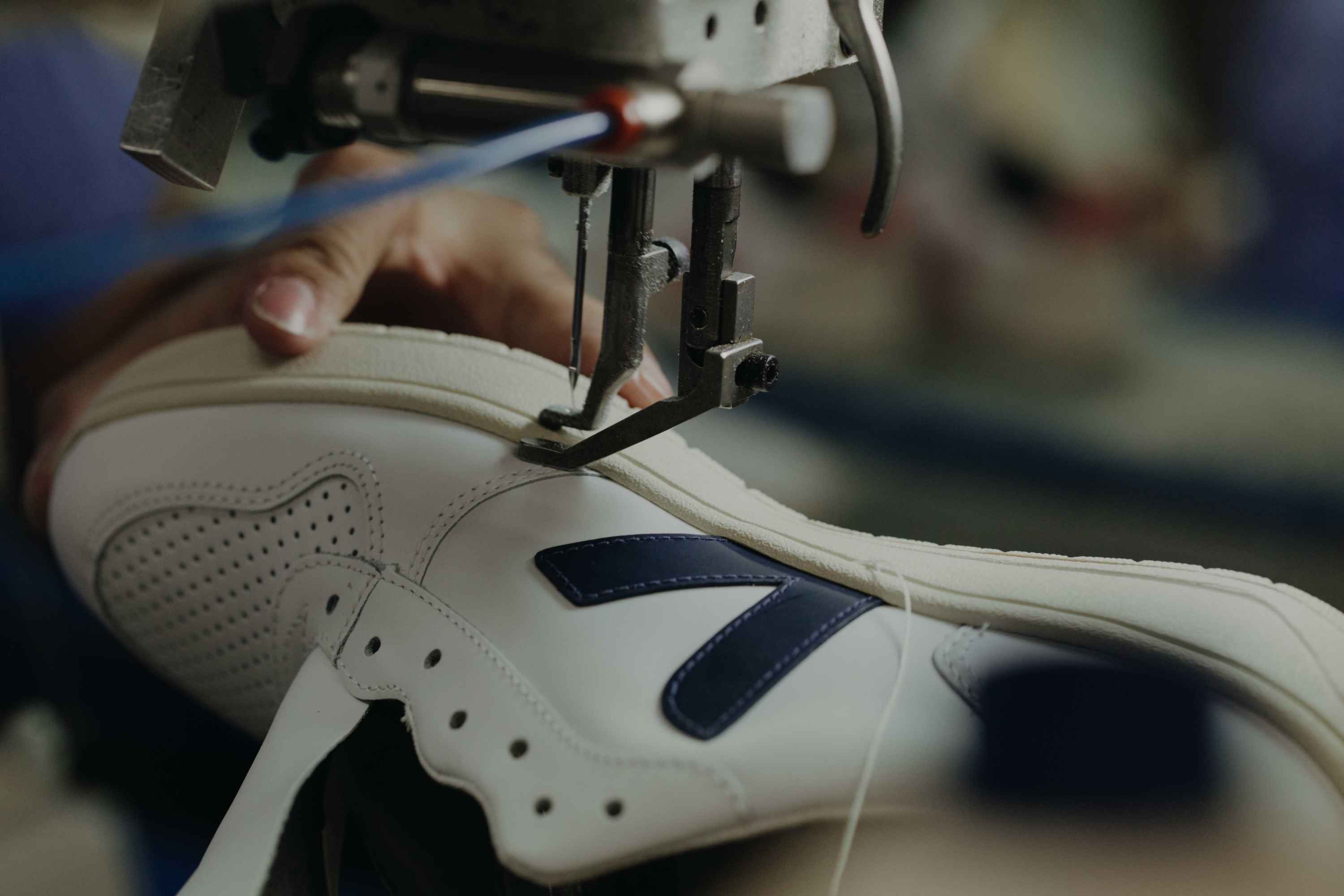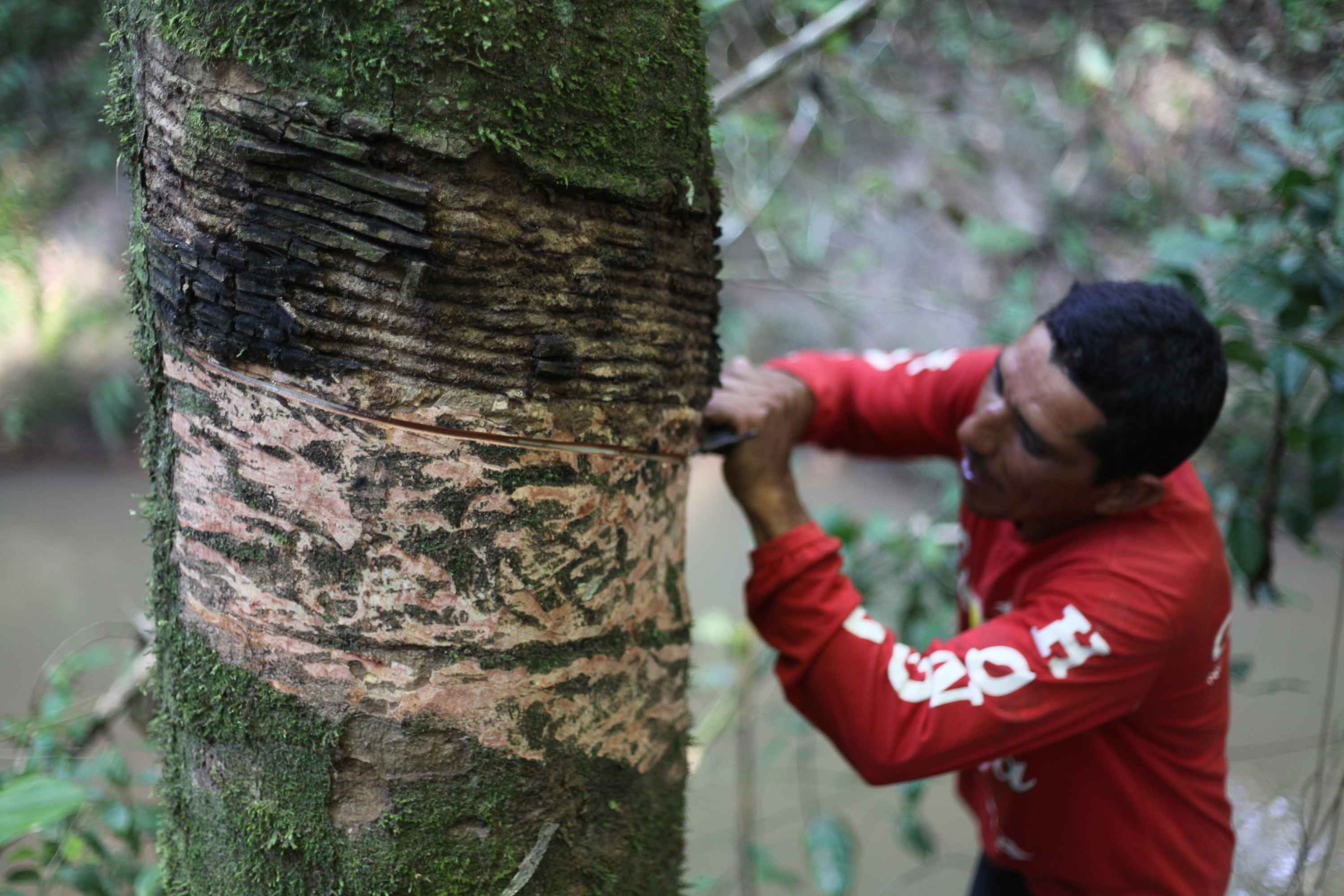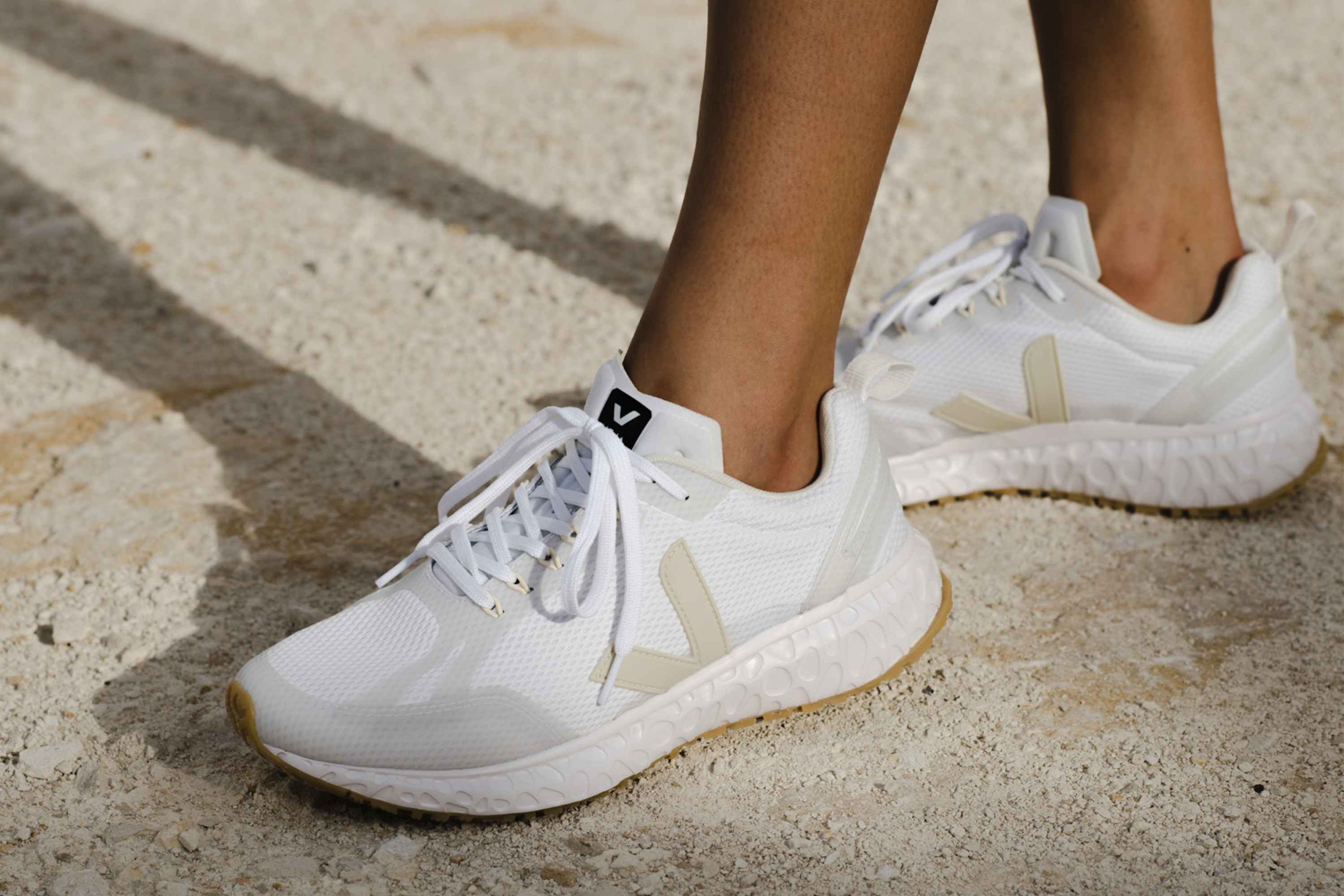For Good: One Step At a Time With VEJA Sneakers
Interview by Matt Lennon
Our ‘For Good’ series are a set of conversations with talented people behind some of our favourite environmentally conscious brands. As our team at IN BED continue to work towards our own goals around environmental and social impact we are continuously inspired by others re-thinking what it means to create through a more sustainable lens.
In this feature we chat to the team at VEJA about their path to becoming thought leaders in sustainable manufacturing, building the brand on a set of ethically minded principles and releasing the company's CO2 emissions report for the first time.

How did VEJA first get started and what inspired the original vision?
Our founders Ghislain and Sebastien met when they were 14 years old. They graduated in economics and then began working in New York and DC straight after their degrees. After a few months of working in banks, they decided that this was not the life they aspired to. The thought of turning into their bosses and living a mundane life pushed them to create an NGO and travel around the world studying 70 development projects over the course of a year. After traveling to China, Brazil, India, Bolivia, Vietnam and Australia analyzing projects and working on ways to improve them to reduce pollution, respect the environment, and social conditions of the local population. After spending time in the field, they recognised that often the talk [around environmental issues] did not reflect the actions onsite and also that the companies who engaged them were not truly ready to make a change. At 25 years old Ghislain and Sebastien decided to create a project that would be based on action, not words - and so VEJA was born.


In 2005 when Veja launched, it sounds like the conversation around sustainability and social responsibility was quite different to where it is today. What was the initial response to Veja and how have you seen consumer appetite for your products evolve over time?
In 2005, everyone said Ghislain and Sebastien were crazy to launch a project like VEJA. People were not ready for an innovative company that could be transparent, ecological, fair trade and sustainable. They did not have the support of investors and to this day remain a privately held company. We think our number one customer is always our team, we never set external benchmarks or study the market too intently. In essence, the company simply creates products that the team as a whole loves.
A lot of our clients don’t know the full context behind the brand, which is not a problem for us. Consumers are wearing VEJA’s because they like the vibe and aesthetic, and are discovering the [environment] projects years later, we love this about our customer! The awareness is growing, step by step, day after day, as people want to change the way they are consuming much more than before.
In 2005, everyone said Ghislain and Sebastien were crazy to launch a project like VEJA.


Can you tell us a little bit about your creative process, how each collection comes together from a design perspective?
We love minimalism and are inspired by the workwear, military shoes, trail shoes etc. We design shoes that can be worn every day, and continue to create products that we love. Our styles are timeless, for example, we launched the Esplar in 2010 and it still continues to be one of our best sellers. At the same time, we launched the Campo style in 2019, and it is one of our best shoes to date.
Veja’s production standards are impressive to say the least. What has been your experience with setting up your supply chain and are there any core values in particular that have guided this process?
Since 2005, VEJA has been making sneakers differently, infusing each stage of production with a positive impact. VEJA has one foot based in design and one foot based in transparency. Ghislain and Sébastien had no prior experience in the fashion industry, so the vision and action of starting Veja was an adventure to them. They wanted to create a sneaker that would respect both planet and people. So they deconstructed a sneaker, asking themselves what all the raw materials were.
VEJA has been making sneakers differently, infusing each stage of production with a positive impact.

VEJA’s definition of sustainability is quite simply “To know where everything is made, and to change it step by step.” Originally we wanted to create a canvas plimsoll, so the first question was: What is a canvas? It is cotton, ok, but what is cotton? How could it be better? This is how we dived into the organic & fair-trade cotton industry in Brazil. We did the same for the sole of the sneaker and went into Amazonia in 2004 to meet the rubber tappers in the forest. This was and still is the goal of VEJA, to change every step of the production chain, from the raw materials to the stores.

You're also quite up front about the limitations of your production and the steps that you’re taking to operate even more sustainably, is there anything in particular that you’re looking to implement in the near future?
The main challenge for VEJA is to push the limits of transparency and to find new innovations for our materials. We are also working on the lifecycle of our sneakers, but it takes time. VEJA is still a project that needs to be better, to find alternatives to reduce the pollution.


What are you looking forward to most for the rest of 2021?
We have a lot on the table at the moment with quite a few new projects coming up. A few months ago we realised our CO2 emissions report, calculating the whole impact we have, from the fields to the distribution. This is something a lot of companies are not doing, because they don’t know their suppliers or the full extent of the environmental impacts they are causing. So we’re proud to have released everything on our website. The goal now is to reduce our emissions even further by continuing to find new and better solutions.
